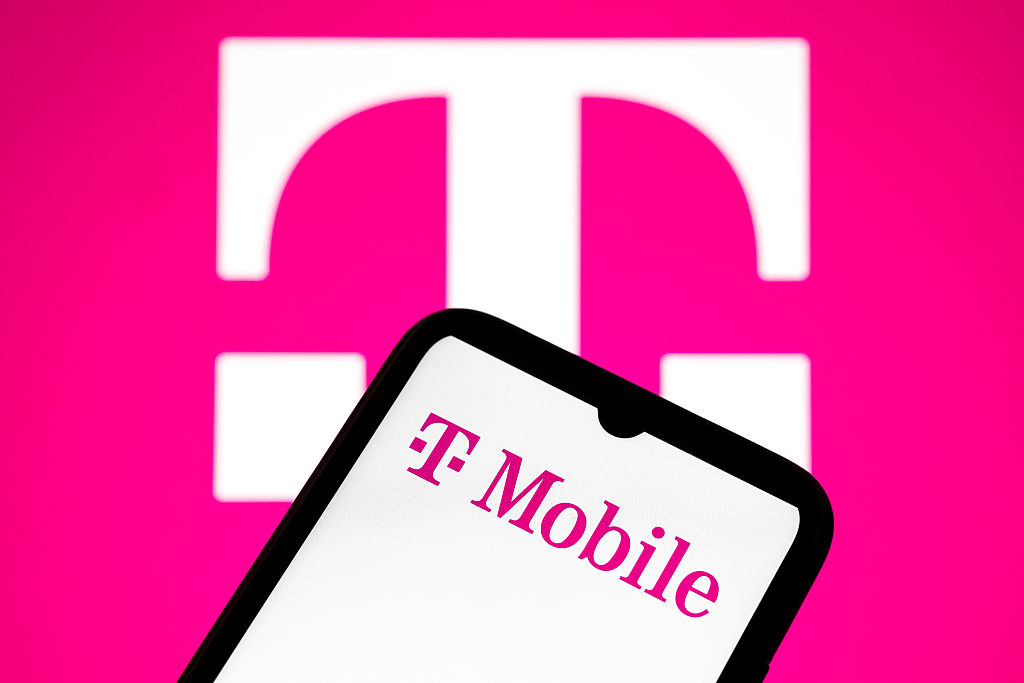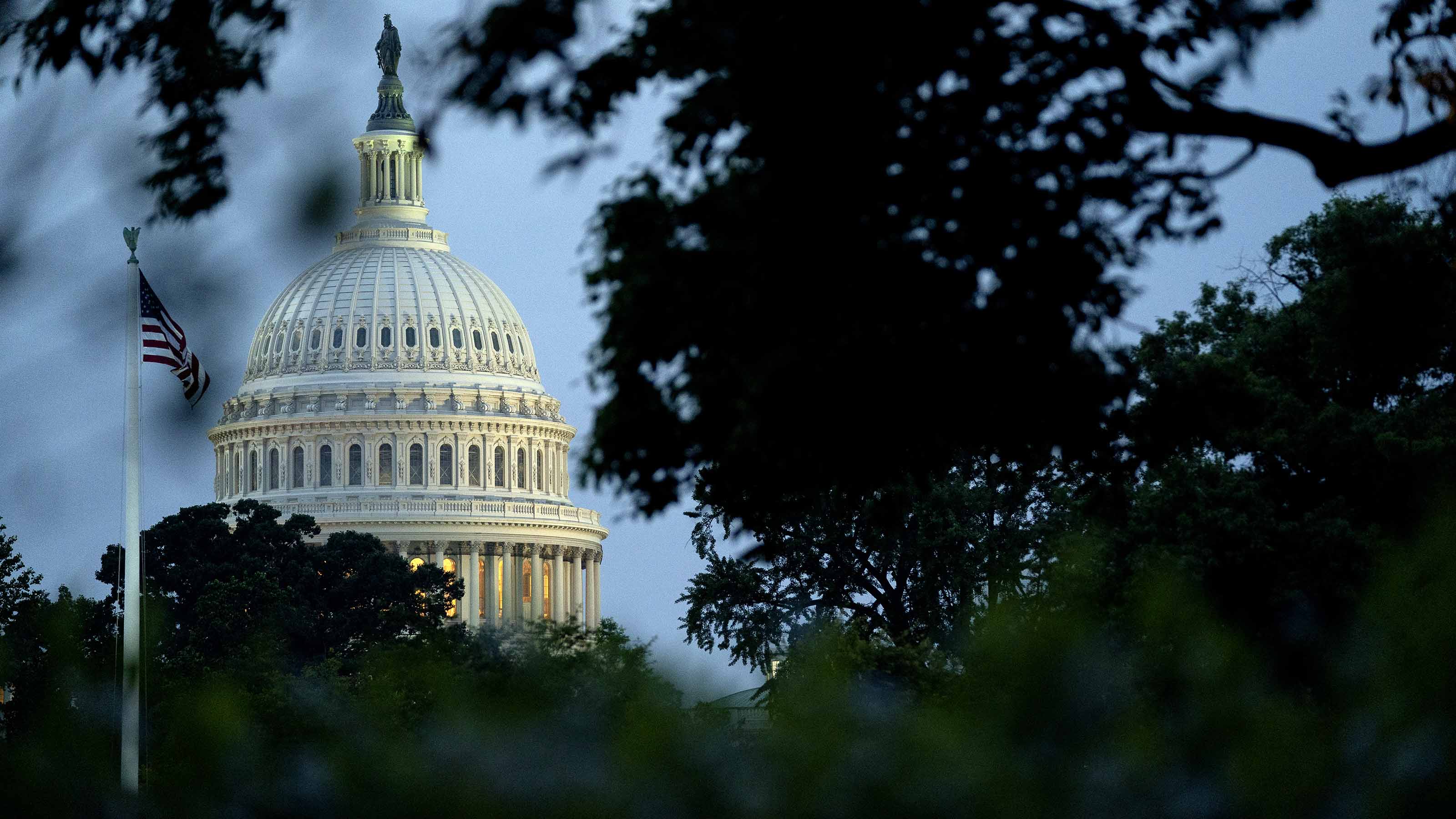Tallying Up the Financial Rescue
Government inventions are winding down, but there's still cash flowing out and billions outstanding. What can we expect to get back?

The government’s massive financial rescue effort is winding down. Two years after global financial meltdown threatened -- with the collapse of Bear Stearns and Lehman Bros., and Fannie Mae and Freddie Mac rapidly heading south -- it’s impossible to tell exactly how much the final price tag will be. But odds are that when all loans that can be repaid are repaid and all assets acquired in the effort are sold off, the tab will come to between $300 billion and $450 billion. Compared with the savings and loan bailout in the 1990s, the tally will be at least twice as much in dollar terms, though about the same, if measured as a percentage of gross domestic product.
Parts of the package are already gone or soon will be. A money market fund guarantee from the Federal Reserve disappeared months ago. Fed programs for purchasing commercial paper, lending to securities firms to keep them afloat and purchasing debt backed by small business, car and other loans have all served their purpose and will end shortly, with little taxpayer cost. Ditto, loaning dollars to foreign banks to help them thaw credit markets, though recent troubles in Greece gave that initiative new life.
Other changes, such as an increase in the ceiling for the Federal Deposit Insurance Corporation’s insurance of bank deposits, will be permanent. Raised from $100,000 per account to $250,000 in the heat of the crisis, the higher limit will be stipulated by law as part of federal financial regulatory reform legislation now working its way through Congress.
From just $107.88 $24.99 for Kiplinger Personal Finance
Become a smarter, better informed investor. Subscribe from just $107.88 $24.99, plus get up to 4 Special Issues

Sign up for Kiplinger’s Free Newsletters
Profit and prosper with the best of expert advice on investing, taxes, retirement, personal finance and more - straight to your e-mail.
Profit and prosper with the best of expert advice - straight to your e-mail.
Many big-bucks programs will linger. Subsidies for Fannie Mae and Freddie Mac, intended to keep home mortgage funds flowing and ward off collapse of housing markets, will continue through at least 2013, for example. So far, Washington has shelled out about $145 billion to make good on sour loans guaranteed by Fannie Mae and Freddie Mac. The final tab could climb to as much as $400 billion by the time the quasi-governmental institutions wring out all the bad loans made.
Uncle Sam also has $13 billion left of a $50-billion program to help homeowners avoid foreclosures. None of that money will ever come back to Treasury, at least not directly. But to the extent that it helps buoy housing markets -- which won’t be much because more than half the homeowners it helps will default again -- it will help keep the economy growing.
In addition, the Federal Reserve remains deeply enmeshed in mortgage markets. Although it recently stopped buying long-term bonds -- mostly mortgage backed securities plus Treasuries and Fannie Mae and Freddie Mac bonds -- it’s sitting on a stash worth $2 trillion. Acquired to keep downward pressure on mortgage rates as the housing market was tanking and credit was tightening, the Fed now faces the dilemma of how to extricate itself from the holdings, without pushing rates higher.
Treasury and the Federal Reserve also continue to shovel money into AIG -- $132 billion so far, with an additional $50 billion possible. The beleaguered insurance giant plans to sell stock and peddle its foreign insurance arms to raise $100 billion toward repaying Uncle Sam, and eventually Treasury may recover something on the toxic loans it swept from AIG. But odds are taxpayers will wind up swallowing about $30 billion of the debt.
By early next year, Treasury will start to recoup its investment in General Motors (GM) as the car company, which is now 60% taxpayer owned, initiates a series of public stock offerings, now that the Detroit automaker is headed back into the black. Although it’s likely to take a few years, Washington is likely to recapture essentially all of the $43 billion it sank into a bankrupt GM.
The outlook for Chrysler paying back the $12 billion Uncle Sam gave it, in exchange for a 10% stake in the company, is iffier. Though the firm may be marginally profitable this year, policymakers in Washington know that putting off an initial public offering (IPO) for a few years will yield a better price for its shares. Italy’s Fiat car company, which now owns 20% of the company, could also buy up to an additional 15% from the U.S. Treasury, though given the potential for at least the appearance of close-dealing, it seems more likely that Uncle Sam will wait to get his money out through an IPO.
Finally, small and midsize banks still owe Washington over $60 billion, about a fourth of the $250 billion in Troubled Asset Relief Program (TARP) loans. The country’s big banks have repaid all of their loans. Most of the remaining balance will eventually be repaid as well. Meanwhile, taxpayers are actually earning some income from the program. Assets acquired by the Treasury Department under TARP have so far brought in about $21 billion in fees, dividends and profits from sales.
Profit and prosper with the best of Kiplinger's advice on investing, taxes, retirement, personal finance and much more. Delivered daily. Enter your email in the box and click Sign Me Up.

-
 The Retirement Donor's Checklist: Key Deadlines by Gift Type
The Retirement Donor's Checklist: Key Deadlines by Gift TypeRetirees have some charitable contribution options that can help avoid spikes in income from RMDS and capital gains.
-
 Cooler Inflation Supports a Relief Rally: Stock Market Today
Cooler Inflation Supports a Relief Rally: Stock Market TodayInvestors, traders and speculators welcome much-better-than-hoped-for core CPI data on top of optimism-renewing AI earnings.
-
 Are T-Mobile's Prepaid Perks a Home Run or a Strikeout?
Are T-Mobile's Prepaid Perks a Home Run or a Strikeout?T-Mobile's prepaid lineup promises MLB.TV, T-Mobile Tuesdays and hotspot data. But do the perks make it worth switching?
-
 AI Appliances Aren’t Exciting Buyers…Yet
AI Appliances Aren’t Exciting Buyers…YetThe Kiplinger Letter Artificial intelligence is being embedded into all sorts of appliances. Now sellers need to get customers to care about AI-powered laundry.
-
 What to Expect from the Global Economy in 2026
What to Expect from the Global Economy in 2026The Kiplinger Letter Economic growth across the globe will be highly uneven, with some major economies accelerating while others hit the brakes.
-
 The AI Boom Will Lift IT Spending Next Year
The AI Boom Will Lift IT Spending Next YearThe Kiplinger Letter 2026 will be one of strongest years for the IT industry since the PC boom and early days of the Web in the mid-1990s.
-
 Amid Mounting Uncertainty: Five Forecasts About AI
Amid Mounting Uncertainty: Five Forecasts About AIThe Kiplinger Letter With the risk of overspending on AI data centers hotly debated, here are some forecasts about AI that we can make with some confidence.
-
 Worried About an AI Bubble? Here’s What You Need to Know
Worried About an AI Bubble? Here’s What You Need to KnowThe Kiplinger Letter Though AI is a transformative technology, it’s worth paying attention to the rising economic and financial risks. Here’s some guidance to navigate AI’s future.
-
 Will AI Videos Disrupt Social Media?
Will AI Videos Disrupt Social Media?The Kiplinger Letter With the introduction of OpenAI’s new AI social media app, Sora, the internet is about to be flooded with startling AI-generated videos.
-
 What Services Are Open During the Government Shutdown?
What Services Are Open During the Government Shutdown?The Kiplinger Letter As the shutdown drags on, many basic federal services will increasingly be affected.
-
 The Economy on a Knife's Edge
The Economy on a Knife's EdgeThe Letter GDP is growing, but employers have all but stopped hiring as they watch how the trade war plays out.